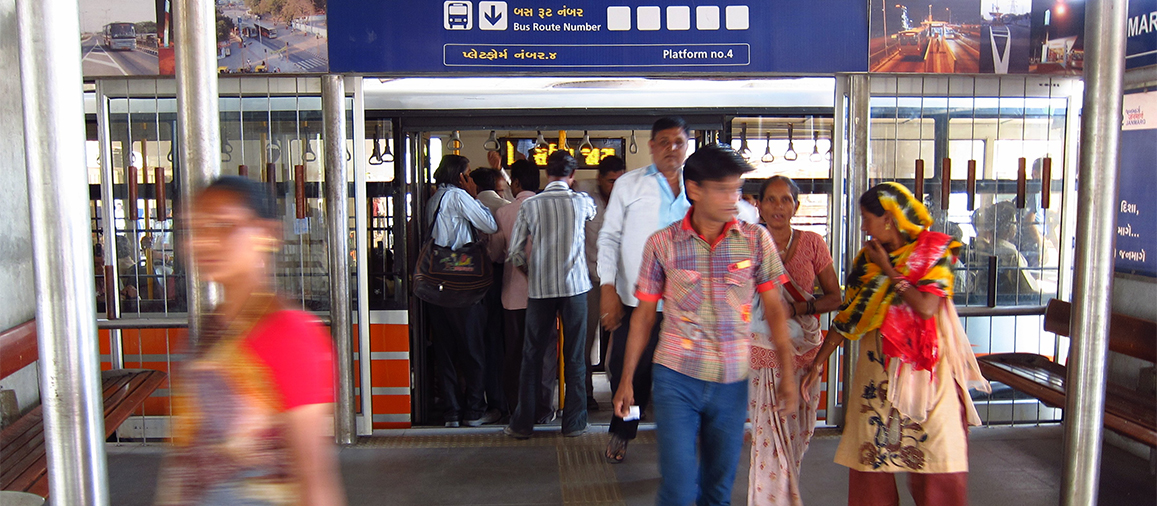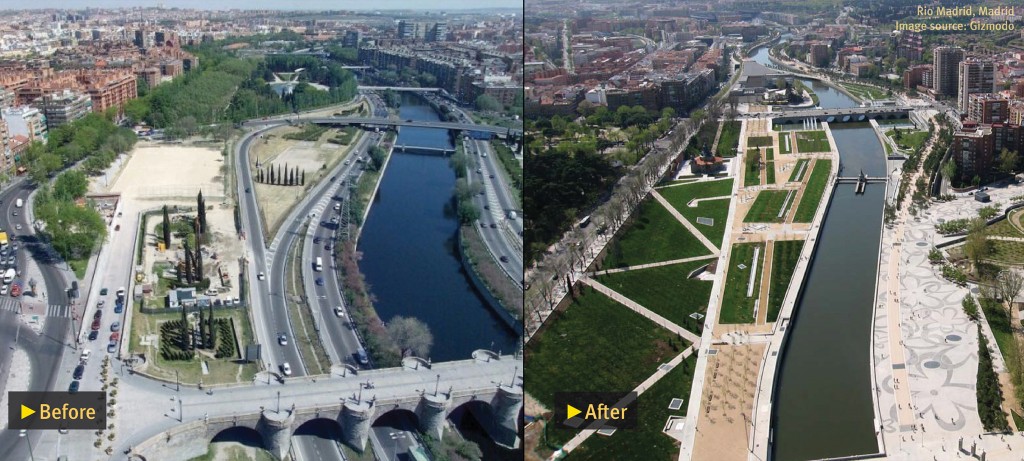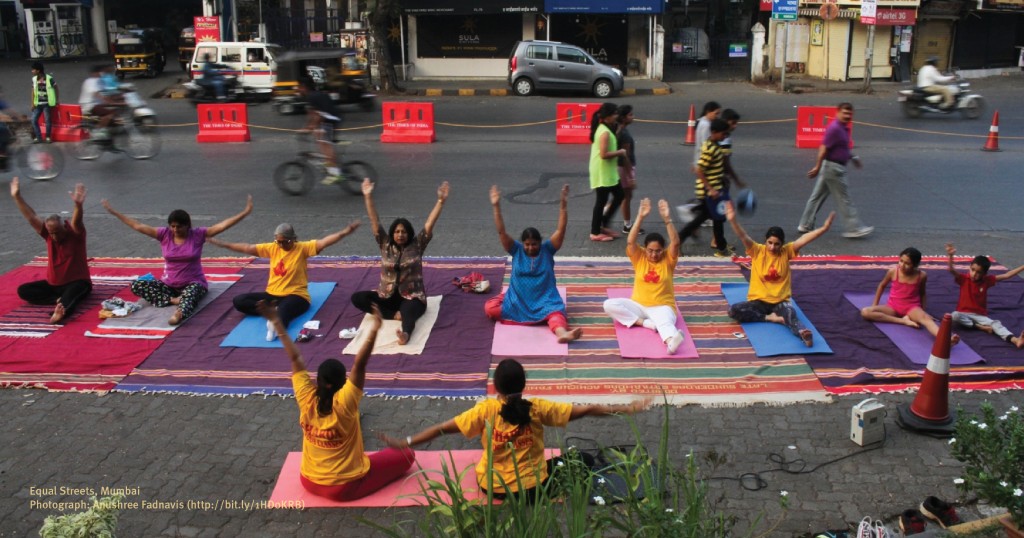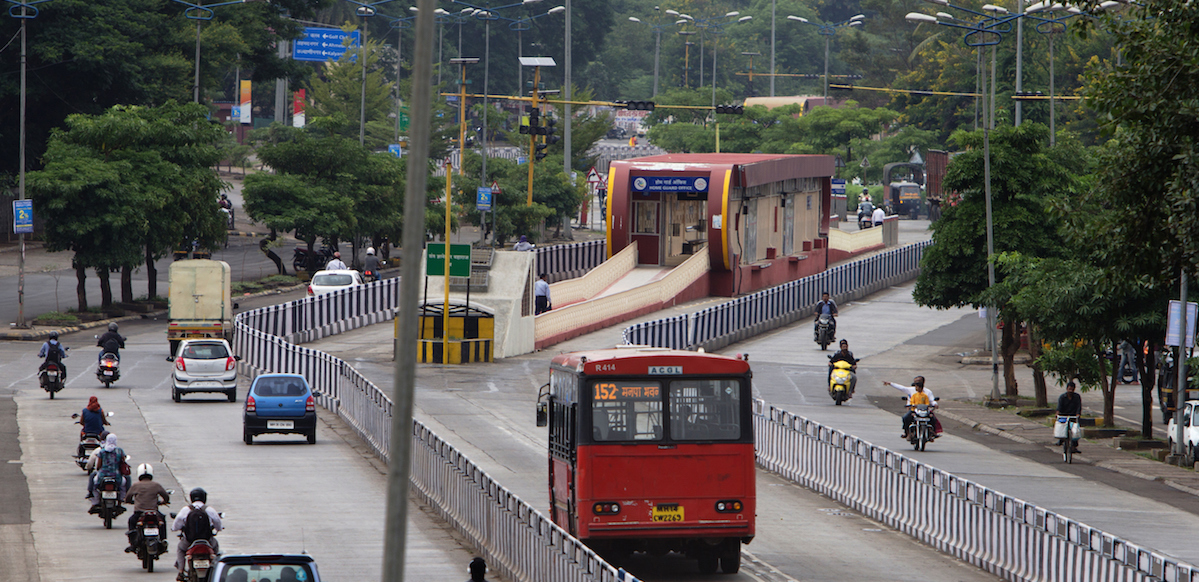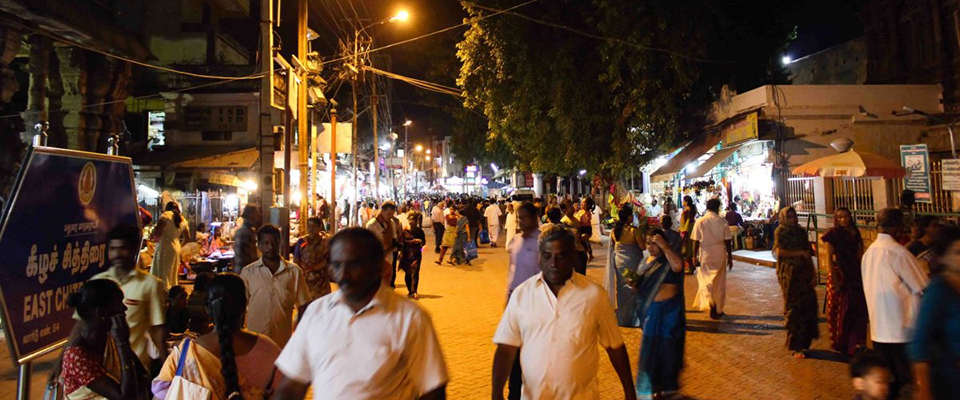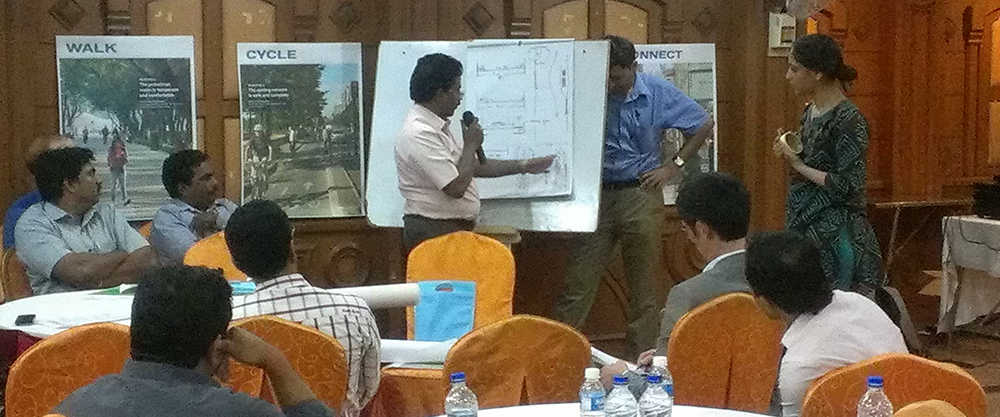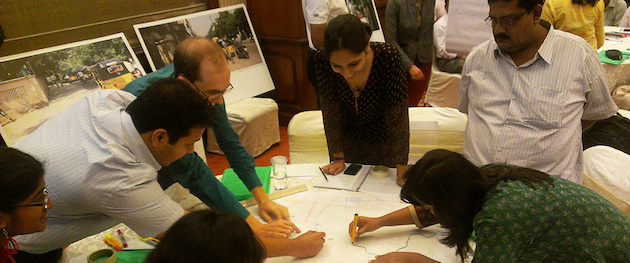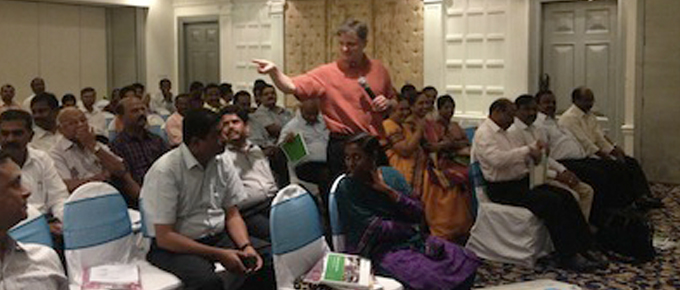India is urbanising at an unprecedented rate. A third of the country’s population—an estimated 400 million people—now lives in cities. As they cope with this growth, cities are realising that traditional transport solutions like wider roads and flyovers will not provide a lasting solution to their transport problems.
As the national capital has shown, these solutions are only causing high levels of air pollution and unsafe roads while mobility remains poor for the vast majority, including car users. Smart cities need to embrace a radically different approach to urban mobility: one that focuses on more efficient, sustainable forms of mobility like public transport, walking, and cycling.
At roughly 400 km, India has 1 km of high quality rapid transit per million urban residents—a thirtieth of France, the present world leader. To keep pace with its urban growth, India needs a ten-fold increase of its mass rapid transit supply. At the present rates of building mass transit in India, it would take two generations to build enough rapid transit!
Interestingly, developing countries like Brazil, Colombia, and Mexico have 4-5 times more rapid transit than India. These countries are also expanding their systems at significantly higher rates because they are creating surface systems like bus rapid transit (BRT) that are cheaper and quicker to implement. BRT systems feature dedicated median lanes for buses, allowing commuters to bypass congestion. They also provide features such as stepless boarding, off-board fare collection, and real-time passenger information to reduce delays and improve customer service.

Quick evolution of the Janmarg network
The Ahmedabad BRT system—known as Janmarg or “the People’s Way”—has revolutionised expectations about bus-based mass rapid transport in India. In a quick span of five years, Janmarg has expanded from a 12.5 km corridor to a network of 88 km of dedicated BRT corridors with 120 stations, providing connectivity across the entire city. Janmarg demonstrates that BRT can provide metro-quality service at a fraction of the cost.
Rapid transit, while important, is not enough. Many Indian cities have skeletal bus services or none at all. In their absence, people depend on intermediate public transport modes that are uncomfortable, unsafe, and highly polluting. The lack of reliable public transport is causing a shift to private two wheelers and cars. Hence, a formal bus-based public transport service is a necessity in all urban areas with a population of over two lakhs. In all, Indian cities will need over 4 lakh new city buses and minibuses by 2030.
In addition, streets must be redesigned to support walking and cycling—clean modes of transport that still play an important role in Indian cities. While more than a third of all the trips in most of our cities are made by foot or cycle, public transport trips too start and end on foot (or cycle)—making walking and cycling integral to India’s transport systems. Indian cities need to build 30,000 km of wide and accessible footpaths and 20,000 km of cycle tracks over the next decade.

Complete streets with wide footpaths, Chennai
In Chennai, the Corporation has proposed to create a safe and pleasant network of footpaths, cycle tracks and greenways through the entire city to arrest the current decline in walking and cycling. The first phase of the project has been implemented. Streets with wide carriageways and narrow footpaths have been replaced by wide, continuous and unhindered walking spaces, safe pedestrian crossings, protected cycle tracks, properly scaled carriageways, conveniently placed bus stops, and clearly designated on-street parking.
Investments promoting walking, cycling and public transport will not bear fruit unless Indian cities stop counterproductive car-centric investments like flyovers and elevated roads. No city in the world has solved its congestion problem by building more roads. Yet Indian cities are repeating the mistakes of developed countries. Rather, cities must control personal motor vehicle use through parking restrictions and market-based pricing.

Tackle congestion by limiting parking
Our cities should follow a simple mantra: build transit, add density, control parking. That is, cities should allow higher densities in areas where there is good connectivity to mass rapid transit while simultaneously limiting parking supply. Parking fees should be pegged to parking demand.
Ahmedabad’s Development Plan 2021 embraces this mantra. It encourages the use of public transport and promotes a compact city by allowing higher density commercial and residential activities along BRT corridors while removing minimum requirements for off-street parking in new buildings. All developments are allowed only two basements of free parking.
While these walking, cycling and public transport initiatives will require substantial funds, they will cost only a fifth as much as a car oriented future, with significantly better results for all. Sustainable transport will cut the outflow of foreign exchange for fossil fuel imports by 40 per cent, reduce air pollution by a third, and save tens of thousands of lives on our roads. Let’s invest in sustainable solutions that secure an equitable, liveable future for our cities.
This article was first published in BW Smart Cities.




